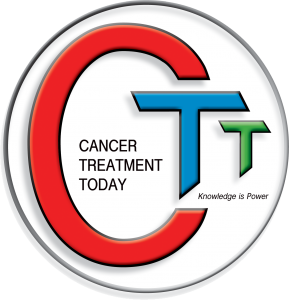Light chain amyloidosis is the most common type of amyloidosis as a consequence of protein misfolding of aggregates composed of amyloid fibrils. The clinical features are dependent on the organs involved, typically cardiac, renal, hepatic, peripheral and autonomic neuropathy and soft tissue. Becasue fo this, thalidomide is nto well toelrated by amyloidosis patients. Thalidomide has a limited role in AL amyloidosis as monotherapy due to unacceptable toxicity at higher doses and limited efficacy. Although there is support for this combination for multiple myeloma. due to potential toxicity. The regimen needs to be well studies in amyloidosis and it has not been. A risk adapted approach allowed the use of CTD (cyclophosphamide/thalidomide/dexamethasone) with good and rapid hematologic responses20 seen in 74%, with CR and PR in 21% and 53%, respectively, and organ responses in 33%. A recent analysis of a larger cohort of 202 patients confirmed these findings. Prospective analysis suggests that toxicity of CTDa still remains high with 60% experiencing grade 3 or greater toxicity (mainly fluid overload).
Studies with additional cyclophosphamide or melphalan report overall hematologic response rates of 55–60% and CRs of approximately 20%. The toxicity of the combination is high with nearly two-thirds of patients reporting grade 3 or greater toxicity including hematologic in 46%; other side effects including fatigue, edema and gastrointestinal problems. The response rates in advanced stage patients are poor. The exact role for a lenalidomide-alkylator combination and advantages offered over Len/Dex remain to be clearly defined. This regimen should be used with great caution.
3. If yes to question 2, please provide duration of therapy (24 months).
NA
Note: If approving for a different duration then the standard duration provided by the client noted above, please indicate why in a brief sentence or two.
Antonio Palumbo, et al, Bortezomib, melphalan, prednisone, and thalidomide for relapsed
multiple myeloma. Blood. 2007;109:2767-2772
Shameem Mahmood et al, Update on treatment of light chain amyloidosis. Haematologica. 2014 Feb; 99(2): 209–221.
Dispenzieri A, Lacy MQ, Rajkumar SV, Geyer SM, Witzig TE, Fonseca R. Poor tolerance to high doses of thalidomide in patients with primary systemic amyloidosis. Amyloid. 2003;10(4):257–61
Kastritis E, Terpos E, Roussou M, Gavriatopoulou M, Pamboukas C, Boletis I, et al. A phase 1/2 study of lenalidomide with low-dose oral cyclophosphamide and low-dose dexamethasone (RdC) in AL amyloidosis. Blood. 2012;119(23):5384–90
Dinner S, Witteles W, Afghahi A, Witteles R, Arai S, Lafayette R, et al. Lenalidomide, melphalan and dexamethasone in an immunoglobulin light chain amyloidosis patient population with high rates of advanced cardiac involvement. Haematologica. 2013;98(10)1593–9
Lane T, Rannigan L, Foard D, Wechalekar A, Gibbs SDJ, Pinney J, et al. ALchemy – A Large Prospective ‘Real World’ Study of Chemotherapy in AL Amyloidosis. Blood (ASH Annual Meeting Abstracts). 2011;118:992
